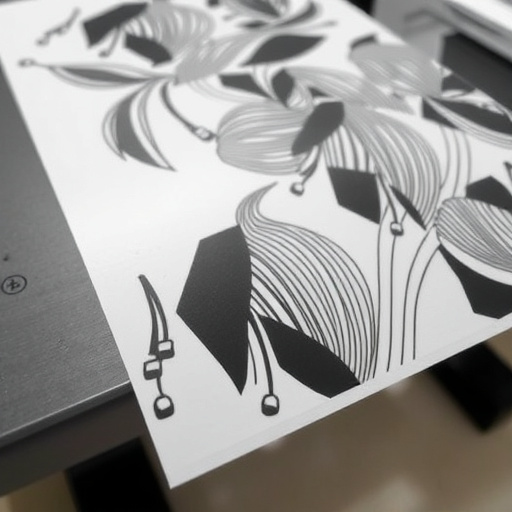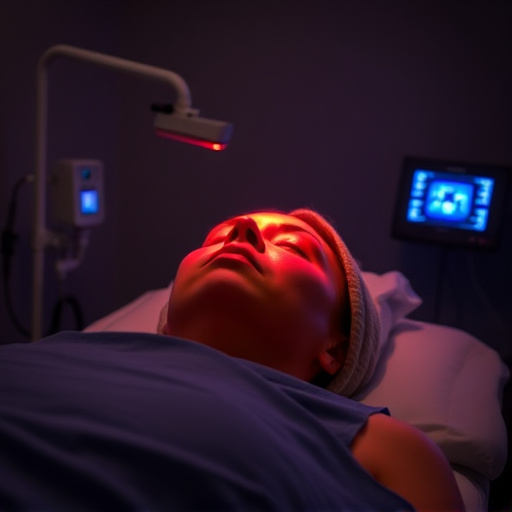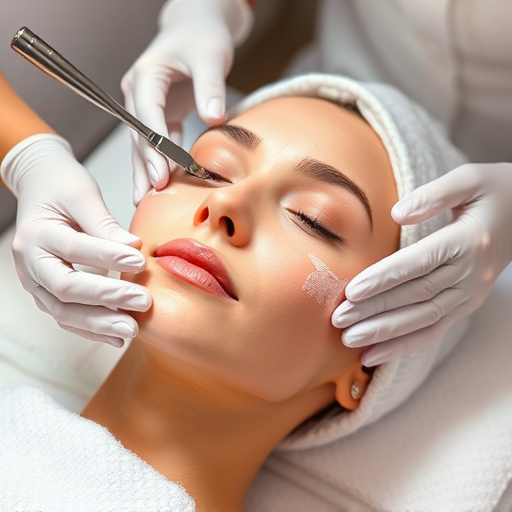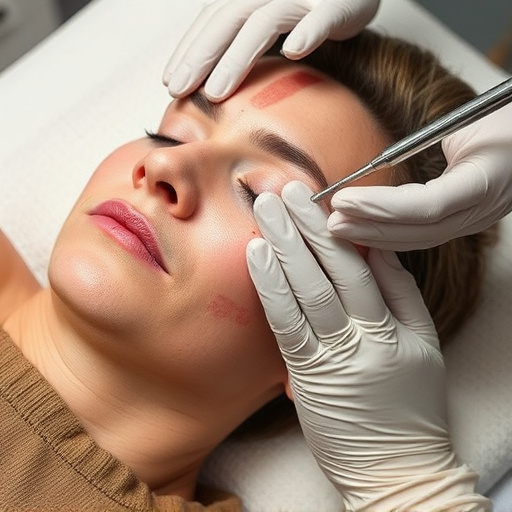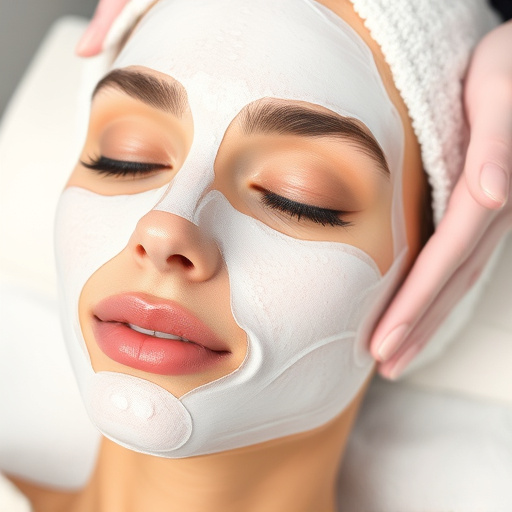Preparing for laser hair removal sessions involves understanding your skin type and hair growth cycle. Lighter skin with darker hair typically responds better due to melanin targeting. Skin types range from sensitive to oily, each requiring specific care. The hair growth cycle has three phases, with treatments most effective during the active anagen stage. Consulting a dermatologist or esthetician ensures personalized advice for optimal, safe laser hair removal results.
Preparing for laser hair removal sessions involves a multi-step approach to ensure optimal results. Understanding your skin type and the hair growth cycle is crucial—identifying sensitive skin or knowing when hairs are in the anagen phase can significantly impact outcomes. Pre-treatment preparations, such as limiting sun exposure and avoiding certain medications, are essential for minimal side effects. Post-treatment care, including a structured skincare routine and pain management techniques, facilitates quick recovery and visible results. By following these guidelines, you’ll enhance your journey towards long-lasting hair reduction with laser sessions.
- Understanding Your Skin Type and Hair Growth Cycle
- – Identifying your skin type (sensitive, normal, etc.)
- – Knowing the phases of hair growth cycle
Understanding Your Skin Type and Hair Growth Cycle
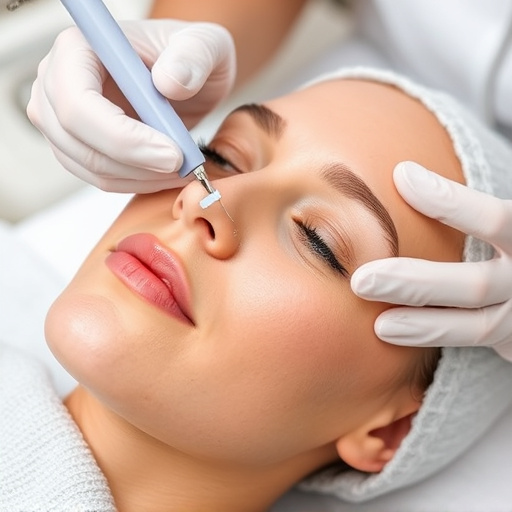
Understanding your skin type and hair growth cycle is a crucial step in preparing for laser hair removal sessions. Different skin types respond uniquely to laser treatment due to variations in pigment, texture, and sensitivity. For instance, those with lighter skin and darker hair may experience better results than individuals with deeper skin tones, as lasers are designed to target melanin. Consulting a dermatologist can help you identify your skin type and understand any specific considerations for your laser hair removal journey.
Moreover, knowledge of your hair growth cycle enhances the effectiveness of treatments. Laser hair removal targets active hair follicles, so timing is essential. Most professionals recommend scheduling sessions when hair is in its anagen phase (active growth stage) to achieve optimal results. Tracking your hair growth and planning appointments accordingly ensures that a significant portion of targeted hairs are present for ablation, leading to smoother and longer-lasting outcomes after your non-surgical treatments.
– Identifying your skin type (sensitive, normal, etc.)
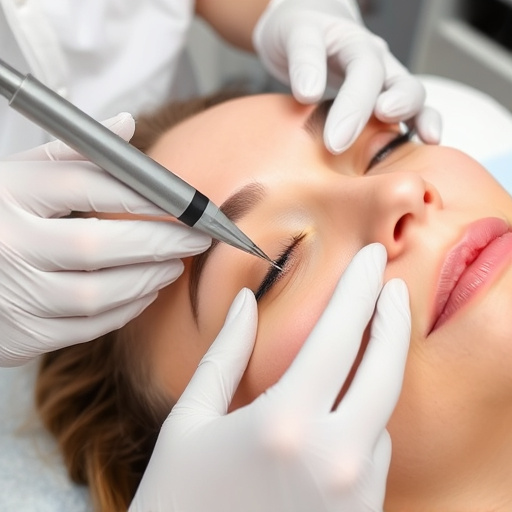
Understanding your skin type is a crucial step before embarking on laser hair removal sessions. Different skin types react uniquely to the procedure, so identifying whether your skin leans towards sensitive, normal, or oily is essential. Those with sensitive skin might experience redness or irritation post-treatment, while normal skin typically responds well. Oily skin can be more challenging as it may impact the laser’s effectiveness due to its higher melanin content.
For optimal results in laser hair removal sessions, consider a professional skincare routine tailored to your skin type. This can include regular exfoliation to improve pore refinement and reduce hair growth. Additionally, consulting a dermatologist or a skilled esthetician for advice on pre- and post-treatment care will ensure you achieve the desired body contouring effects while minimizing potential side effects.
– Knowing the phases of hair growth cycle
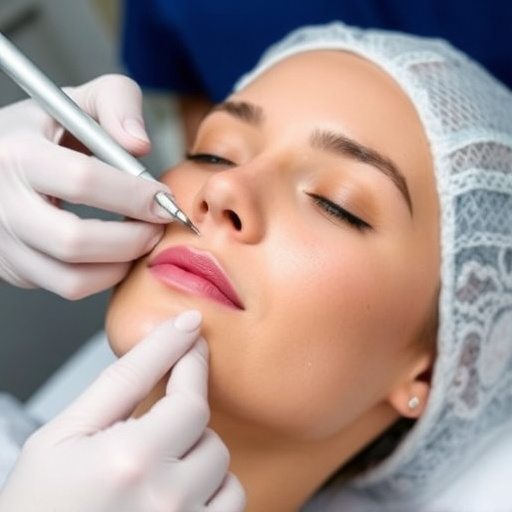
Understanding the hair growth cycle is a crucial step in preparing for laser hair removal sessions. This process involves three distinct phases: anagen, catagen, and telogen. During anagen, which is the active growth phase, lasers are most effective as the hair follicle is connected to the skin and contains pigment. Catagen is the transitional phase where hair stops growing and detaches from its blood supply. In this stage, laser treatments won’t be as successful. Finally, telogen is the resting phase when hairs shed naturally, and any remaining hairs that are not in anagen will also fall out after treatment. By knowing these cycles, you can schedule appointments strategically for optimal results.
This knowledge allows individuals to time their sessions during the appropriate stage of hair growth, maximizing laser hair removal effectiveness. Moreover, understanding the skin’s role in the process is essential for maintaining good skin health and minimizing side effects. It’s important to remember that each person’s cycle varies, so consulting a professional before starting any treatment regimen is key to achieving desired outcomes, whether it’s for body contouring or wrinkle reduction.
Preparing for laser hair removal sessions involves understanding your skin and hair. By identifying your skin type and being aware of the hair growth cycle, you can ensure optimal results and minimize potential side effects. Regularly practicing good skin care and following pre-treatment instructions from your specialist will contribute to successful laser hair removal sessions, leading to long-lasting smooth skin.







